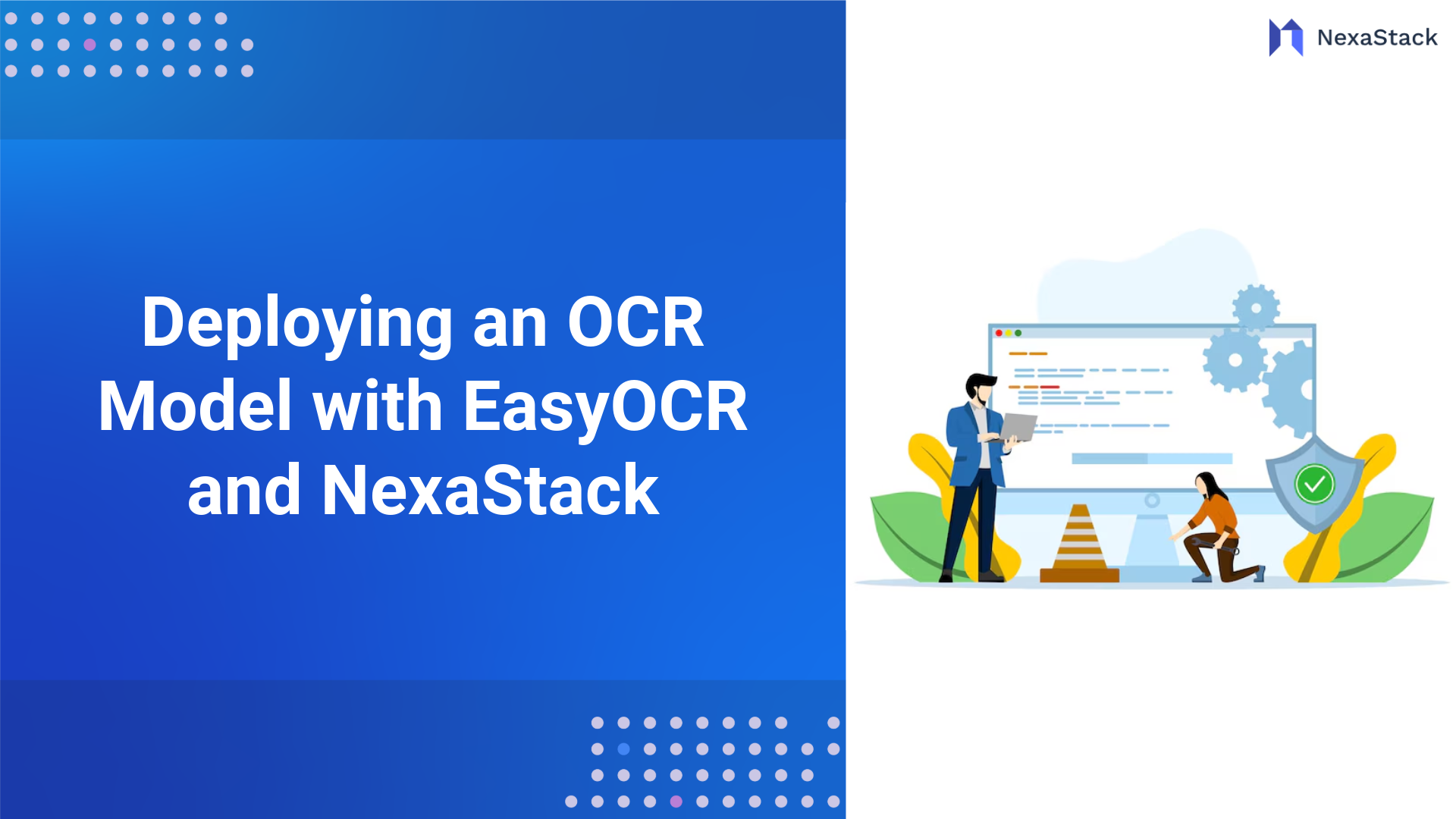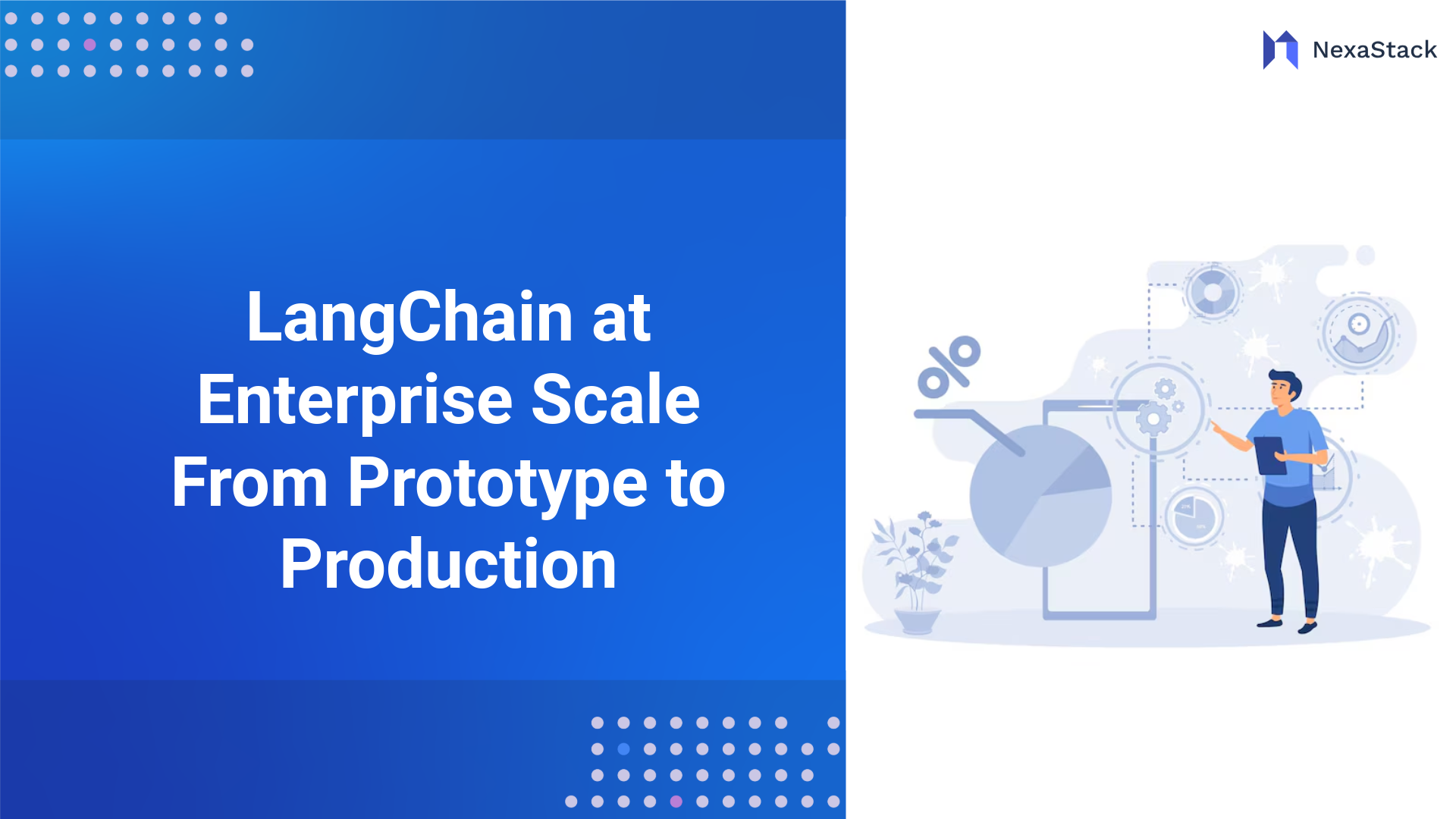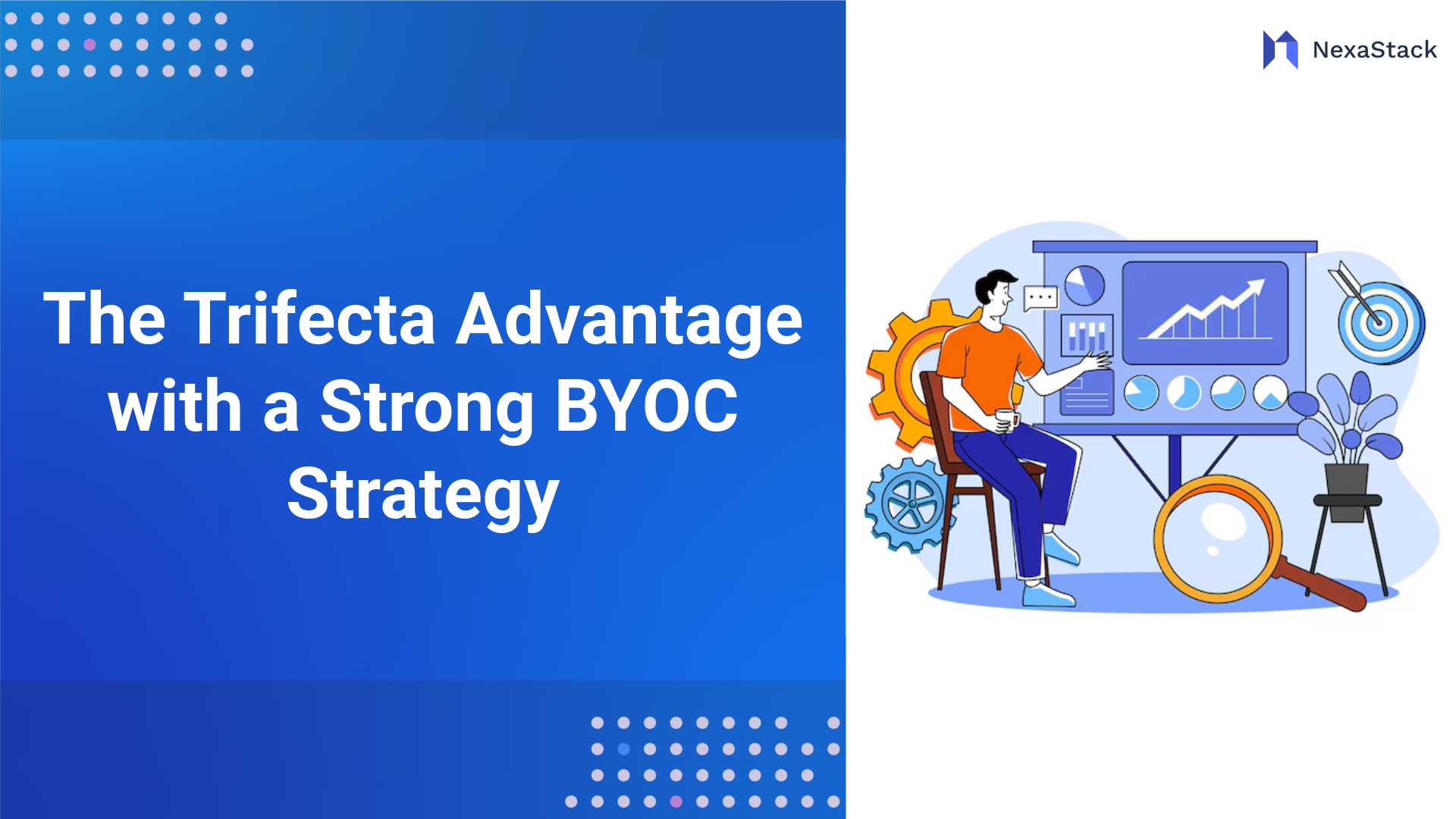ROI Potential Analysis
Here's a detailed breakdown of potential returns across different business areas:
|
Business Function |
Implementation Cost |
Expected Annual ROI |
Time to Value |
Risk Level |
|
Customer Service |
$150,000 - $250,000 |
200-300% |
3-6 months |
Low |
|
Quality Control |
$200,000 - $400,000 |
150-250% |
6-9 months |
Medium |
|
Content Management |
$100,000 - $200,000 |
180-220% |
2-4 months |
Low |
|
R&D Applications |
$300,000 - $500,000 |
250-400% |
9-12 months |
High |
|
Security & Compliance |
$250,000 - $350,000 |
160-200% |
4-7 months |
Medium |
Implementation Framework
Technical Prerequisites
-
Infrastructure Requirements
-
Minimum hardware specifications: High-performance GPU clusters
-
Network requirements: Low-latency, high-bandwidth connections
-
Storage considerations: SSD storage for model weights
-
Scaling infrastructure: Kubernetes-ready environment
python
Copy Code
# Core dependencies
openllm>=0.2.0
torch>=2.0.0
transformers>=4.30.0
pillow>=9.0.0
Deployment Architecture
The deployment architecture follows a microservices-based approach, ensuring scalability and maintainability:
Core Components-
Model serving layer with load balancing
-
RESTful API gateway for service integration
-
Monitoring system with Prometheus/Grafana
-
Distributed storage backend
-
REST API endpoints for synchronous requests
-
WebSocket connections for real-time processing
-
Message queues for asynchronous tasks
-
Database connectors for metadata storage
Deployment Guide with OpenLLM
This section provides a step-by-step guide to deploying Llama 3.2 Vision using OpenLLM. By following these steps, you can ensure a smooth and efficient deployment process.
Step 1: Set Up Your Environment
Before deploying Llama 3.2 Vision, ensure your environment meets the following prerequisites:
Hardware Requirements:-
High-performance GPU clusters (e.g., NVIDIA A100 or similar).
-
SSD storage for model weights and fast I/O operations.
-
Low-latency, high-bandwidth network connections.
- Python 3.8 or higher.
- Core dependencies:
Infrastructure:
- Kubernetes-ready environment for scaling.
- Docker is installed for containerised deployment.
Step 2: Install OpenLLM
OpenLLM is the core framework for serving and managing Llama 3.2 Vision. Install it using the following command:


Step 3: Download the Llama 3.2 Vision Model
Use OpenLLM to download and prepare the Llama 3.2 Vision model. Run the following command: 
This will fetch the model weights and prepare them for deployment.
Step 4: Create a Deployment Script
Create a Python script to serve the Llama 3.2 Vision model. Below is an example script:

Save this script as deploy_llama_vision.py.
Step 5: Containerize the Deployment
To ensure scalability and portability, containerize the deployment using Docker. Create a Dockerfile:
 Build the Docker image:
Build the Docker image:
 Run the container:
Run the container:

Step 6: Deploy on Kubernetes (Optional)
For production-grade deployments, use Kubernetes. Create a deployment.yaml file:
 Deploy it to your Kubernetes cluster:
Deploy it to your Kubernetes cluster:

Step 7: Test the Deployment
Once the deployment is live, test it using a REST client like curl or Postman. For example: 
You should receive a response with the model's predictions.
Step 8: Monitor and Optimise
Use tools like Prometheus and Grafana to monitor the deployment. Track key metrics such as:
- GPU utilization
- Request latency
- Error rates
Regularly update the model and dependencies to ensure optimal performance.
Financial Planning & Cost Models
Cost Structure Analysis
Direct Costs- Hardware infrastructure: Including GPU clusters, storage systems, and networking equipment
- Software licenses: Annual subscriptions for OpenLLM enterprise support
- Implementation services: Professional services for custom integration
- Training and onboarding: Comprehensive training programs
- Maintenance and updates: Regular system updates and optimization
- Technical support: 24/7 support team availability
- Energy consumption: Power usage optimization strategies
- Backup and recovery: Redundant systems and protocols
Budget Planning
Q1 Focus: Infrastructure and Setup- Hardware procurement ($150,000-$300,000)
- Software licensing ($50,000-$100,000)
- Initial training ($25,000-$50,000)
- System integration ($75,000-$150,000)
- User acceptance testing
- Performance optimization
Compliance & Regulatory Factors
Regulatory Framework
Data Privacy Compliance-
GDPR considerations: Data processing agreements and user consent mechanisms
-
CCPA requirements: Privacy policy updates and data handling procedures
-
Industry-specific regulations: Healthcare (HIPAA), Finance (PCI-DSS)
-
International data protection laws: Cross-border data transfer protocols
-
Access control: Role-based access control (RBAC) implementation
-
Data encryption: End-to-end encryption for data in transit and at rest
-
Audit logging: Comprehensive activity tracking and monitoring
-
Incident response: Documented procedures for security incidents
Risk Management Strategies
Technical Safeguards-
Regular security audits: Quarterly penetration testing
-
Vulnerability assessments: Automated scanning and manual review
-
Update management: Scheduled maintenance windows
-
Backup protocols: Daily incremental and weekly full backups
-
Employee training: Regular security awareness programs
-
Access reviews: Quarterly access permission audits
-
Incident response drills: Bi-annual security incident simulations
-
Documentation: Maintained and updated security policies
Key Takeaways & Final Insights
Deploying Llama 3.2 Vision with OpenLLM is more than just a technical milestone—it’s a chance to transform your business and unlock AI's full potential. By following a straightforward, step-by-step approach and focusing on collaboration, compliance, and value creation, you can ensure a smooth rollout that delivers meaningful results.
What makes Llama 3.2 Vision so powerful isn't just its advanced capabilities and how it can change how your organization works. From streamlined processes to decision-making and innovation, this tech will transform what's possible in your business. Remember, the deployment itself is just the beginning. In an ever-changing AI landscape, flexibility and continuous learning will be most rewarded, and its deployment will be reviewed continually.
Remember that success isn’t just about technical performance—it’s about the real-world value this technology brings to your operations and bottom line. Open communication between teams, regular updates to your strategy, and a commitment to improvement will help you get the most out of your investment.
By focusing on technical excellence and business impact, your Llama 3.2 Vision deployment can become a cornerstone of your digital transformation, helping your organization thrive in an ever-changing world.





